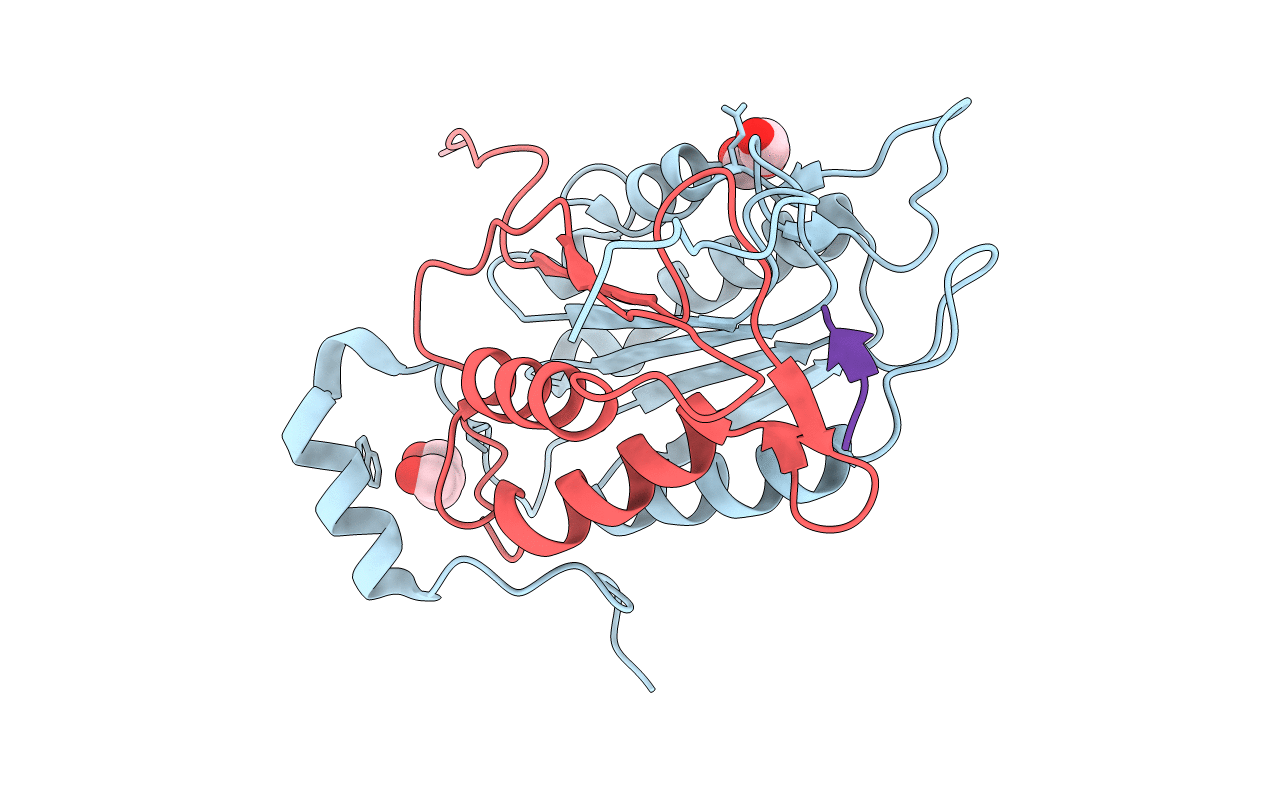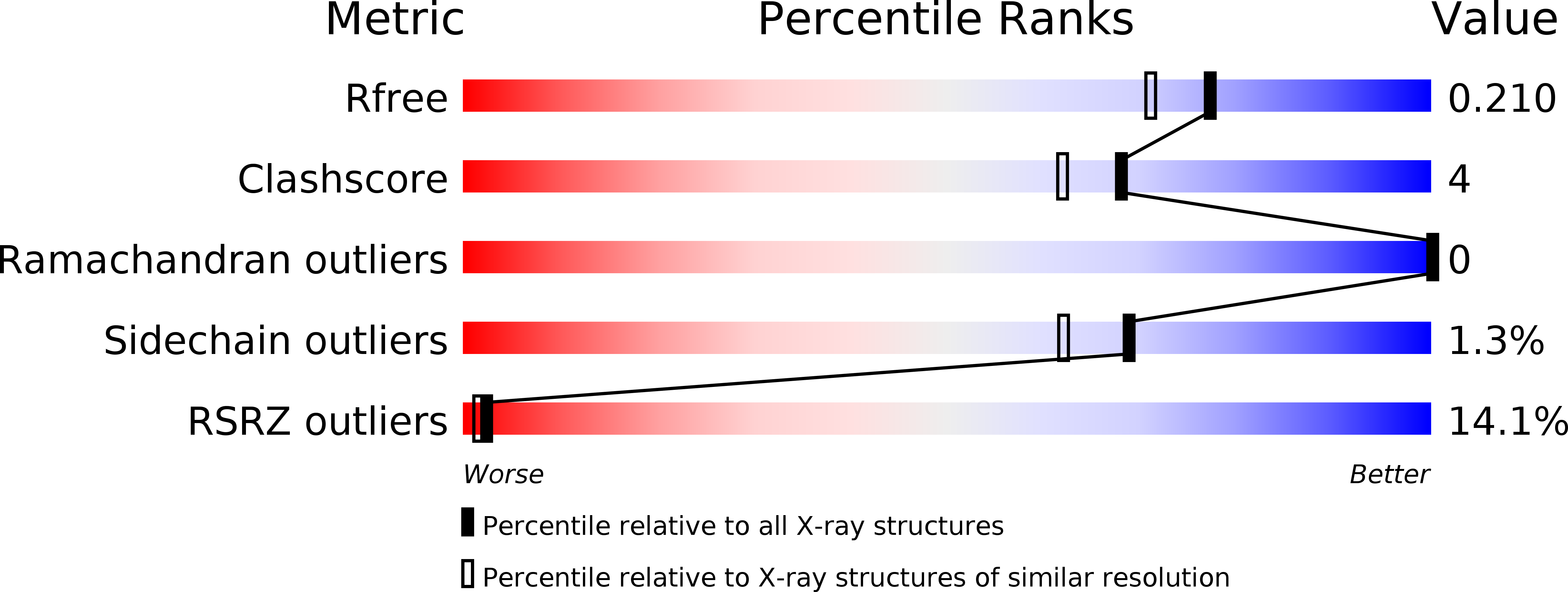
Deposition Date
2017-12-22
Release Date
2018-06-13
Last Version Date
2024-10-23
Entry Detail
PDB ID:
6BZ9
Keywords:
Title:
Crystal structure of human caspase-1 in complex with Ac-FLTD-CMK
Biological Source:
Source Organism:
Homo sapiens (Taxon ID: 9606)
Host Organism:
Method Details:
Experimental Method:
Resolution:
1.80 Å
R-Value Free:
0.21
R-Value Work:
0.17
R-Value Observed:
0.18
Space Group:
P 43 21 2


